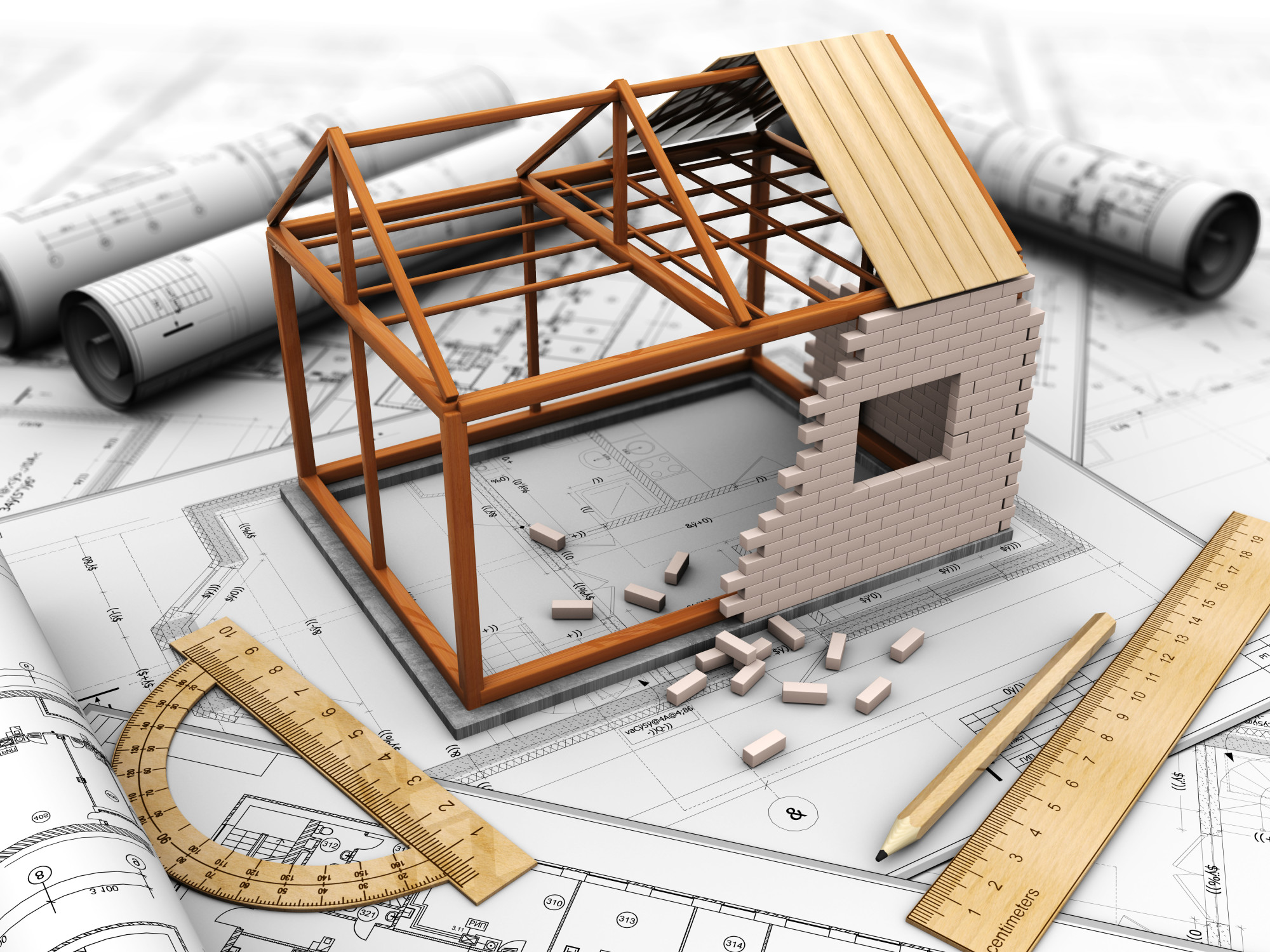
Have you always wanted to build your own home? Now might be the perfect time to get started!
Building your own home can help you to save money on contractor and labor costs. You also get to enjoy the satisfaction of living in a place that you built. What could be better than that?
If you’ve been wondering how to build a house yourself, keep reading. Everything you need to know about the process is explained below.
Why Build a House Yourself?
In addition to saving money and enjoying personal satisfaction, there are lots of other reasons why you might want to build your own house.
The following are some of the greatest benefits that come with taking this approach:
- Learn new skills
- Add to your community
- Enjoy privacy
- Meet your (and your family’s) specific housing needs
- Boost the local economy
- Get a greater return on your investment if you decide to sell
Since building your own house costs less money than buying one, you’ll likely be able to pay off the construction loans much sooner than a mortgage. This, in turn, will give you more financial freedom and may even allow you to retire earlier!
Getting Started
There are plenty of benefits that come with building a house yourself. Of course, in order to enjoy those benefits, you have to follow the proper protocol to get a great finished product.
The following are the steps you’ll need to take right from the beginning if you want to build a house on your own:
Know What You Want
Start with a clear vision for your home. Know what kind of house you want to build, how large it will be, and what special features it’ll need to accommodate your family.
Plan, Plan, Plan
Take plenty of time to plan your home before you get started.
Find the right lot to build your home on, customize the floor plan, and figure out how long it will take for the project to be completed.
The more prepared you are going in, the better.
Vet Architects and Builders Carefully
When you’re looking for architects, builders, and other workers to help you with the process, vet them carefully.
Make sure their licenses and insurance policies are up to date. Make sure they have a reputation for doing great work, too.
Get Everything in Writing
Be sure to get all your agreements with builders, architects, and other workers in writing, too. Verbal agreements won’t hold up the way a written contract will.
Think About Your Budget
Of course, you need to think about your budget, too. Know how much you can afford to spend on your house, and make sure you have all your financing lined up (this includes construction loans and lines of credit) before you begin.
The Building Process
Once you’ve taken these steps and hired everyone who’s going to help you with the project, it’s time to start building. The home building process can be broken down into the following steps:
Preparing the Site
The first thing to do is to prepare the site for building. This includes clearing the lot, staking out the lot, and making adjustments to the topography. You’ll need to get equipment like a roll-away dumpster and portable toilets, too.
Installing the Foundation
Once everything is prepared, it’s time to install the foundation.
This involves digging trenches for frost footings and pouring concrete. You’ll also construct footing drains and take other steps to waterproof the foundation.
Pipes and Electrical Lines
At this point, if you’re laying a slab foundation, plumbers and electricians will rough-in some of their services. This includes laying down pipes and running electrical lines through the concrete.
Pouring Concrete
You’ll then pour more concrete slabs over the top of the existing work. This is the time when you’ll pour concrete for garages and the basement of your home, too.
Framing, Siding, and Roofing
Once all the concrete is in place and has dried, it’ll be time for the framing of the house to go up. When all the framing is in place, you can start putting up the siding and roofing. At this point, the project is going to start looking like an actual house.
Interior Work
Now, plumbers and electricians will take care of other projects like electrical circuits, installing more pipes, and handling HVAC ductwork.
This is also the time to have a mason build your chimney (if you want one) and have insulation installed in the walls and attic. You’ll need to have the home inspected at this point, too.
Drywall and Trim
After the interior work is done, you can hang drywall and put up the trim. You’ll hang cabinetry at this point, too.
Painting, Finishing, and Flooring
Now, it’s time for finishing touches.
This includes painting, finishing the cabinets, installing counters, and taking care of final electrical and plumbing projects.
You’ll lay down the flooring at this point as well.
Driveway and Landscaping
At this point, you’ll take care of final projects like pouring concrete for the driveway and takin care of the landscaping.
Some people like to wait on landscaping and treat it as an afterthought, but the sooner you can get it done, the better, especially if you think you’ll sell the home at some point.
After all, according to WEDU Homes, great landscaping and exteriors are essential if you want to sell your home quickly and at a great price.
You’ll handle final inspections at this point, too, and work on getting rid of all the waste products that accumulated during the construction process.
You Know How to Build a House Yourself: Time to Get to Work!
As you can see, there’s a lot that goes into building a house.
If you’ve got your heart set on learning how to build a house yourself, though, this information will help you through the process and ensure you get a great result when you’re finished.
Do you want to learn more about building a home? Are you looking for inspiration and ideas that will help you build a unique home that fits your needs and preferences?
If so, be sure to check out some of the other home inspiration articles on our site. Even if you can’t build a celebrity-caliber home — yet — you’ll still get some ideas that will make your house special.
